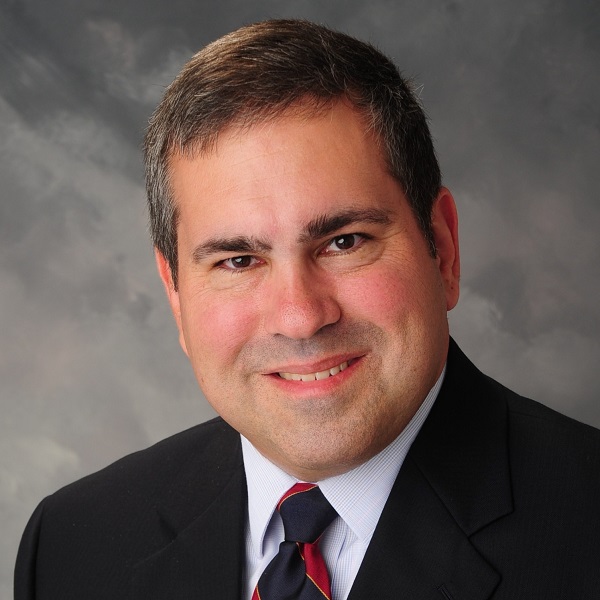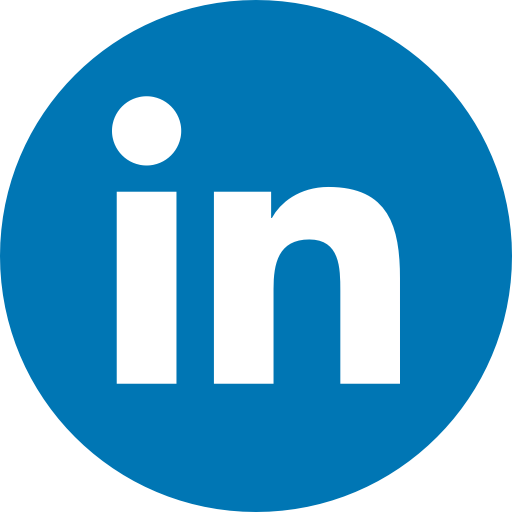
The Digital Engineering Journey Relies on Talent and Maturation
My educational roadshow continues with speaking opportunities about digitally augmented model-based systems engineering
Last year, I traveled around the world to speak to systems engineering audiences about the benefits and possibilities of digital engineering. Now, as the 2022 conference season in the systems engineering community shifts into high gear, I am touring the United States to contribute to and benefit from the wealth of knowledge that exists among industry professionals and organizations.
As I wrote then in my blog, rigor, clarity and precision continue to drive my engineering work, which is unlikely to change. And now, as the digital architecture and requirements engineering lead within SAIC’s Engineering Innovation Factory, I continue to work with my colleagues to collectively advance both SAIC’s digital engineering capabilities and industry practice of digital engineering. One of the things I love about my chosen passion is how it intersects with so many other disciplines.
In my roles as treasurer of INCOSE, the international professional society formed to develop and disseminate the transdisciplinary principles and practices that enable the realization of successful systems, and a leader in SAIC’s digital engineering practice, I will be speaking at a number of events throughout 2022. I look forward to engaging with members of the global digital engineering community, and I invite you to participate in or review these presentations below as they are published.
AIAA SciTech Forum and Exposition, Jan. 2-7, San Diego, Calif.
A Mars Octet: Lessons Learned from Federating Eight Student Models in a SysML Class
In this presentation, I shared the highlights of using our SAIC Digital Engineering Validation Tool in an academic setting to federate eight SysML models of separate and integrated Mars missions that 40 students constructed. The presentation showcased the utility of the tool’s validation rules in upskilling modelers and ensuring model quality.
MBSE Cyber Experience Symposium, Feb. 28 – March 3, Allen, Texas
Blackbriar: Developing Modeling Talent Through Hands-On Projects
This presentation had much in common with my Treadstone and Outcome presentations (Robert Ludlum fans should recognize the connection). Picking up from those presentations, I further elaborated on how hands-on training and automated validation rules assist in developing system modelers professionally. SAIC is now offering a hands-on learning laboratory; if you are interested in learning how this can benefit your organization, email us at SAIC Digital Engineering.
INCOSE Finger Lakes Chapter, May 19, Upstate New York
Your Systems Engineering Future: Some Assembly Required
In this talk, I will address the human side of systems engineering and skills development considerations for professionals in the dynamically changing environment. The discipline of systems engineering continues to evolve, and practitioners must adapt to growing system complexity and shifting stakeholder, customer and colleague expectations. This presentation will examine trends and the recently released Systems Engineering Vision 2035. I will cover professional development and upskilling resources and a shift in focus that will enable systems engineers to establish and maintain their roles as key leaders of system development teams.
Integrate22: The Digital Engineering Symposium, June 6-9, San Antonio, Texas
Supercruise: Model-Based Systems Engineering and Digital Engineering in 2022
This presentation will address the current state of practice of model-based systems engineering and digital engineering. I will present the advantages of applying automated validation to system models, the opportunities that arise from validation-assisted training, the use of semantic broker technology to exchange data throughout the digital thread and lessons learned from federating and analyzing descriptive architectures. I will share case studies and examples that emphasize the value that can be achieved through competent system modeling and stewardship of the digital thread.
My colleague and fellow chief digital engineer, Stephanie Chiesi, will also present at Integrate 22, with The Ds of Engineering: How Digital Engineering and Digital Thread Impact Design and Development Decision Making.
INCOSE International Symposium, June 25-30, Detroit, Mich.
One of the highlights of this year’s INCOSE symposium is the return of in-person events, combined with virtual access for a hybrid show format. As a longtime Detroit resident, I am delighted that systems engineers from around the world will converge on and enjoy my hometown. As much as I respect my aerospace and defense colleagues, the automotive industry does amazing systems engineering work that often is overlooked because cars are part of our everyday lives. Cars are arguably one of the most regulated and complex consumer products in the world, with amazing advances in safety, comfort, efficiency and performance being made daily.
I have the honor of being the emcee for the first-ever INCOSE International Symposium in Detroit and seeing one of my thesis teams present its work to the global systems engineering audience:
Applying Model-Based Systems Engineering Methods to Architecting Human Lunar Habitats
Jeremy Ross (Ford Motor Co.), Chris Craft (Ford Motor Co.), Chris Caron (Ford Motor Co.), Stephen Pien (Ford Motor Co.), Ashishkumar Prajapati (Ford Motor Co.), Michael Vinarcik (SAIC/University of Detroit Mercy)
The team’s presentation will look at the application of model-based systems engineering methods to the definition of a system architecture and the development of novel methodologies for extending the model-based approach from the system definition space into the system simulation and analysis domain.
Onward we go
This year is going to be another great year for digital engineering, and I am excited to have these opportunities to share with the global community the continued advances of the technology as well as the investments that SAIC is making in this field.
Learn more about the digitization of model-based systems engineering at our Digital Engineering landing page.




